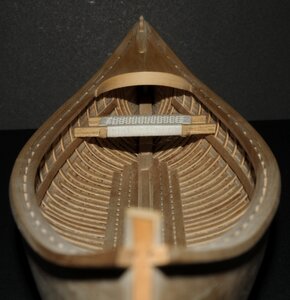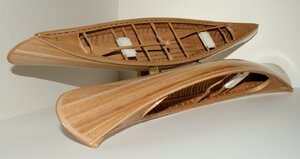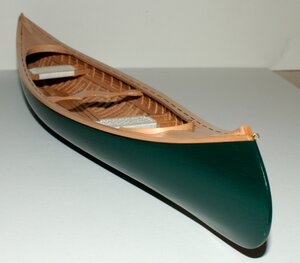- Joined
- Feb 18, 2019
- Messages
- 717
- Points
- 353

I have not had a chance to do much work on this model in the past couple weeks.
Canoe #3 and 4 were started at the same time: I worked on both up to a point.
This one is again based on the original design but, at the same time it is a bit different in the way the ribs are installed.
Photo # 1: planking, stem and nails
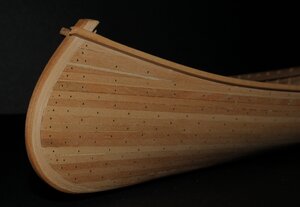
Photo # 2: Ribs and half-ribs. The seat is only there to verify the symmetry / leveling of the side strips (level looks ok)
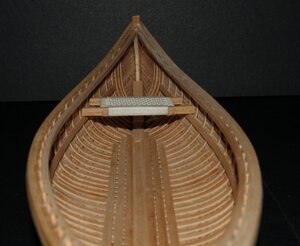
G
Canoe #3 and 4 were started at the same time: I worked on both up to a point.
This one is again based on the original design but, at the same time it is a bit different in the way the ribs are installed.
Photo # 1: planking, stem and nails

Photo # 2: Ribs and half-ribs. The seat is only there to verify the symmetry / leveling of the side strips (level looks ok)

G



